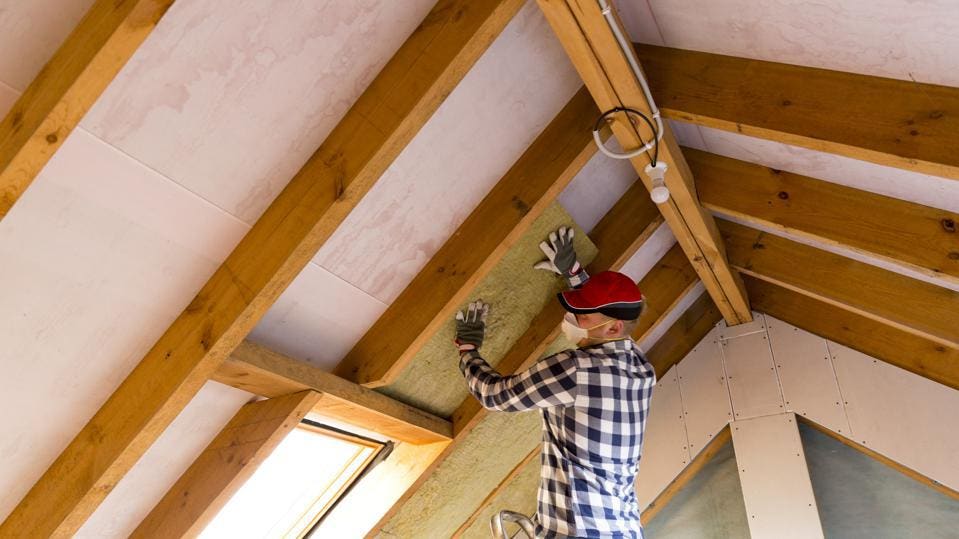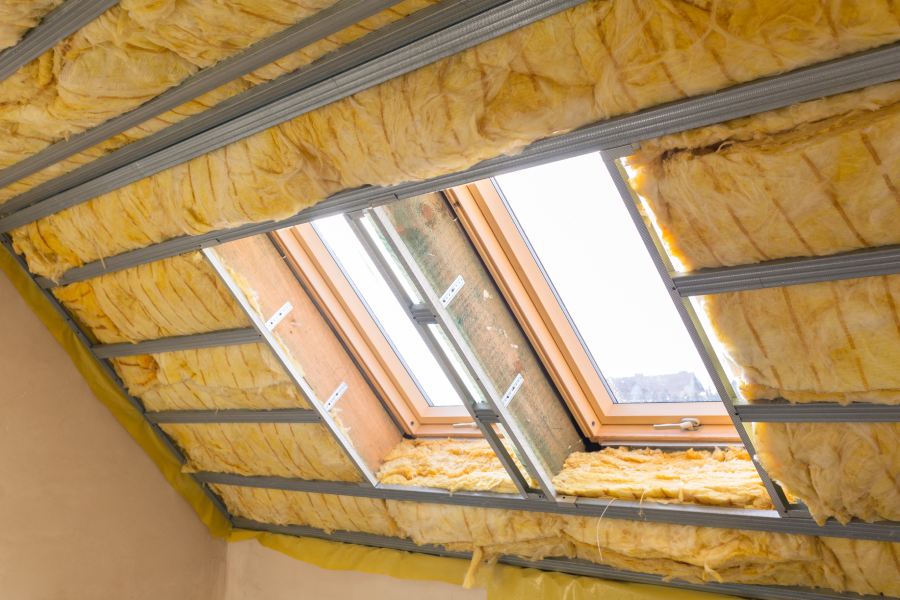When it comes to insulating your home or building, there are various options available, and one that has gained significant attention in recent years is foam insulation. Foam insulation is a type of insulation material that is sprayed or injected into walls, ceilings, and other areas to provide thermal insulation. However, like any other product, foam insulation has its pros and cons. In this article, we will delve into the advantages and disadvantages of foam insulation, helping you make an informed decision for your insulation needs.
- Superior Insulation Properties:
Foam insulation offers excellent thermal insulation properties, making it highly effective in reducing heat transfer. Its closed-cell structure provides a barrier against air infiltration, preventing drafts and maintaining a consistent indoor temperature. This can lead to energy savings and increased comfort in both hot and cold climates. - Moisture Resistance:
One of the significant benefits of foam insulation is its ability to resist moisture. Unlike traditional insulation materials like fiberglass, foam insulation does not absorb water, preventing the growth of mold and mildew. This moisture resistance can help maintain a healthier indoor environment and protect the structural integrity of your building. - Enhanced Soundproofing:
Foam insulation not only provides thermal insulation but also acts as an effective sound barrier. Its dense structure absorbs and dampens sound waves, reducing noise transmission between rooms or from the outside. This can be particularly advantageous in urban areas or buildings located near busy roads or airports. - Installation Challenges:
While foam insulation offers numerous benefits, it is essential to consider the potential challenges associated with its installation. Foam insulation requires professional installation, as it involves the use of specialized equipment and techniques. Improper installation can lead to issues such as uneven coverage, voids, or off-gassing. Therefore, it is crucial to hire experienced and certified installers to ensure a proper and safe installation. - Cost Considerations:
Another aspect to consider is the cost of foam insulation. Compared to traditional insulation materials, foam insulation tends to have a higher upfront cost. However, it is essential to evaluate the long-term benefits and potential energy savings that foam insulation can provide. Over time, the energy efficiency and durability of foam insulation may outweigh the initial investment. - Environmental Impact:
Foam insulation is known for its high R-value, which measures its thermal resistance. However, some foam insulation products contain blowing agents that have a high global warming potential (GWP). It is crucial to choose foam insulation products with low GWP or consider alternative insulation materials that have a lower environmental impact.
Conclusion:
In conclusion, foam insulation offers several advantages such as superior insulation properties, moisture resistance, and enhanced soundproofing. However, it is essential to be aware of the installation challenges, cost considerations, and environmental impact associated with foam insulation. By weighing the pros and cons, consulting with professionals, and considering your specific needs, you can make an informed decision on whether foam insulation is the right choice for your project. Remember, proper installation and product selection are key to maximizing the benefits of foam insulation while minimizing any potential drawbacks.



